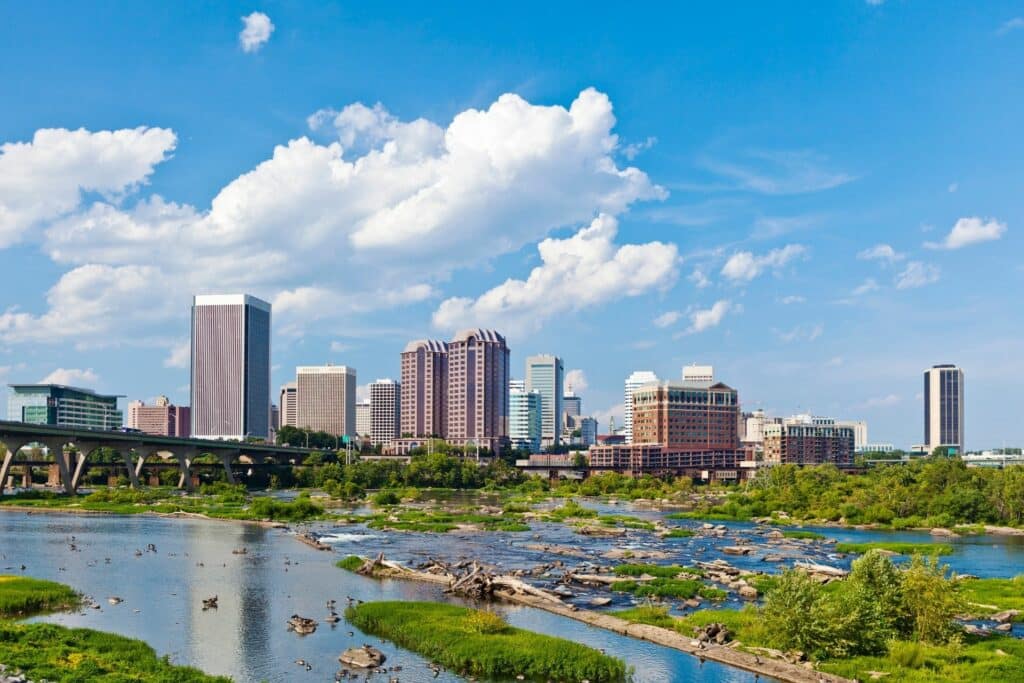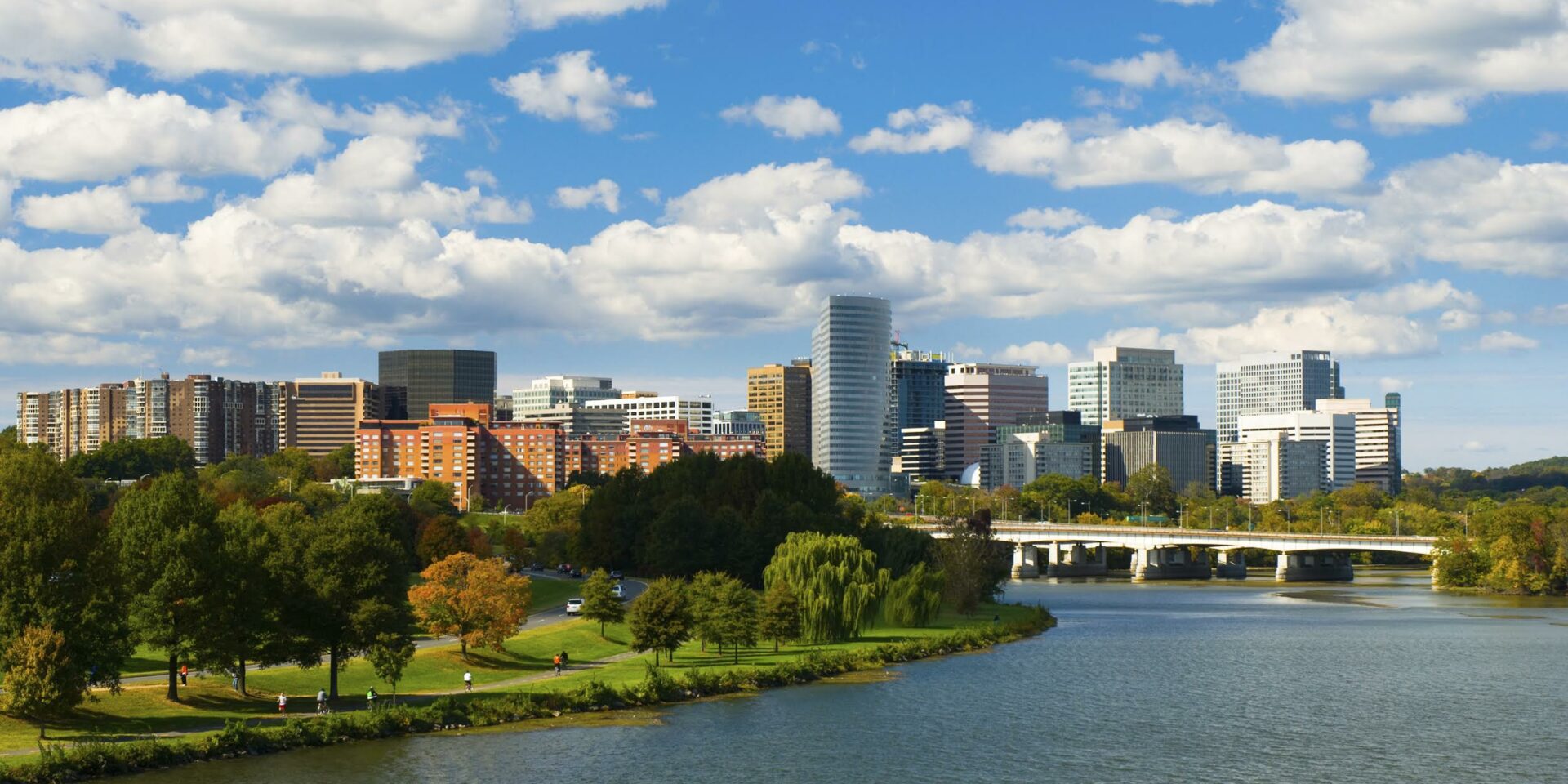The Environmental Protection Agency (EPA) has confirmed that the air quality in Washington, D.C. metropolitan area complies with federal standards adopted more than a decade ago, posing considerably less risk to human health than before.
In a mid-April statement on the Federal Register, EPA re-designated the region that includes parts of Maryland and Virginia as well as the District of Columbia from a non-attainment to an attainment area with respect to its 8-hour ozone National Ambient Air Quality Standard of 2008.

Administering a 1963 federal law designed to control air pollution across the US, or as is commonly known as The Clean Air Act, EPA periodically reviews the ozone standard and make changes when deemed necessary in the light of the latest public health data and scientific studies. Accordingly, the federal agency revised the 2008 standard and adopted a tougher one in 2015, from 75 parts per billion to 70 parts per billion.
Nearly one in every two Americans breathe unhealthy air
As per the American Lung Association, nearly half of the US population currently live in areas with unhealthy air quality and remain exposed to severe pulmonary disorders. In its 2019 ‘State of the Air’ report, however, Virginia placed seven cities – Roanoke, Charlottesville, Harrisonburg, Staunton, Lynchburg, Richmond and Virginia Beach – to the list of US cities with the cleanest air. Maryland did the same with Salisbury alone. Disappointingly, D.C. could not find a spot for itself on the list.
Virginia’s Department of Environmental Quality (DEQ) is thrilled to hear the news of attainment and is most pleased with the progress the state has made health-wise in the new millennium.
“Last year, Virginia saw only six days when ozone amounts reached levels that were dangerous for sensitive groups,” David Paylor, the department’s director, is quoted as saying in an April 23 report by Shore Daily News, referring to children and the elderly as well as to those with lung issues. “All of Virginia’s 23 ozone monitors across the state are showing concentrations below the more stringent 2015 standard. We certainly hope this positive trend continues and Northern Virginia will achieve attainment with EPA’s more stringent standard in the next couple of years,” he said.
Only two decades ago, Virginians had to breathe an air with high ozone levels for nearly a third of an entire year. For Mike Dowd, air and renewable energy division director at DEQ, the eastern state has made “huge strides” in air quality thanks to multiple factors. “New pollution control technologies for industry, cleaner cars on the road, stricter air quality standards and greater energy efficiency, have resulted in the cleanest air we have experienced in our lifetimes,” he said in the same report as Paylor.



